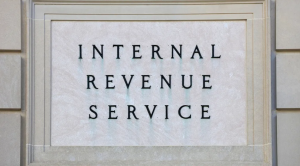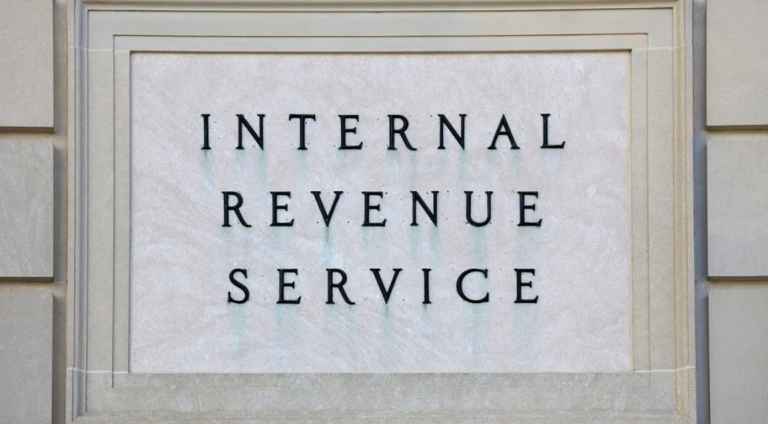Retirement is often seen as the well-deserved reward for years of hard work and financial planning. However, as you approach this significant life transition, the question of risk becomes increasingly important. Are you taking too much risk in retirement, or conversely, not enough? In this article, we’ll explore the delicate balance between risk and financial security during retirement.
Understanding Risk Tolerance
Before addressing the question of risk in retirement, it’s essential to understand your risk tolerance. This is a personal evaluation of how much financial risk you are willing and able to bear. Risk tolerance is influenced by factors such as age, financial goals, and overall financial health. While some retirees are comfortable with more significant risk, others prioritize stability and preservation of capital.
Taking Too Much Risk
One common mistake in retirement planning is taking on excessive risk. This typically occurs when retirees overexpose themselves to volatile assets such as stocks or make aggressive investments in pursuit of higher returns. While this approach can lead to increased wealth in the short term, it can also leave retirees vulnerable to market downturns and significant losses, which can be difficult to recover from in retirement.
Balancing Growth and Preservation
The key to successful retirement investing is achieving a balance between growth and capital preservation. It’s important to have a diversified investment portfolio that includes assets with varying levels of risk. By balancing stocks, bonds, and other assets, you can aim for reasonable growth while still having a safety net to preserve your wealth.
Mitigating Risk
There are several strategies to mitigate risk in retirement:
Asset Allocation: A well-thought-out asset allocation strategy is crucial. Diversify your investments across different asset classes and industries to spread risk.
Income Investments: Consider adding income-focused investments like bonds or dividend-yielding stocks to provide a steady income stream, even in a volatile market.
Emergency Fund: Maintain an emergency fund that can cover living expenses for several months in case of unexpected financial challenges.
Regular Monitoring: Continuously monitor and adjust your portfolio to align with your risk tolerance and changing financial goals.
Professional Advice: Consult with a financial advisor who specializes in retirement planning. They can provide expert guidance on managing risk in your specific situation.
The Role of Annuities
Annuities are financial products designed to provide a steady income stream during retirement. They can be a useful tool for retirees seeking to reduce risk and ensure a reliable source of income. Different types of annuities, such as immediate annuities, fixed annuities, and variable annuities, offer various features and levels of risk. Immediate annuities, for example, provide a guaranteed income for life, while variable annuities offer the potential for higher returns but with market-related risk.
One approach to balancing risk in retirement is to allocate a portion of your savings to an annuity, providing a dependable income foundation. This can give retirees the peace of mind of knowing they have a consistent source of funds to cover essential expenses.
The Impact of Inflation
Inflation is another risk factor in retirement that can erode your purchasing power over time. While lower-risk investments like bonds and certificates of deposit (CDs) can provide stability, they may not keep pace with inflation. It’s crucial to strike a balance between preserving capital and ensuring your money grows enough to maintain your desired lifestyle.
Social Security and Pensions
Social Security and pensions are often considered low-risk income sources in retirement. They provide regular payments that are less subject to market fluctuations. However, relying solely on these sources may not be sufficient to cover all your expenses, especially as the cost of living increases over time.
Balancing risk in retirement is a delicate process that requires careful consideration of your individual financial circumstances and goals. While it’s essential to aim for growth to ensure your retirement funds last throughout your lifetime, it’s equally important to mitigate risk to protect your financial security.
As you plan for retirement, regularly assess your risk tolerance, evaluate your investment portfolio, and consider strategies like annuities to reduce risk while still enjoying a comfortable retirement. Ultimately, a balanced approach to risk management can help you enjoy the fruits of your labor and live out your retirement years with peace of mind.



























